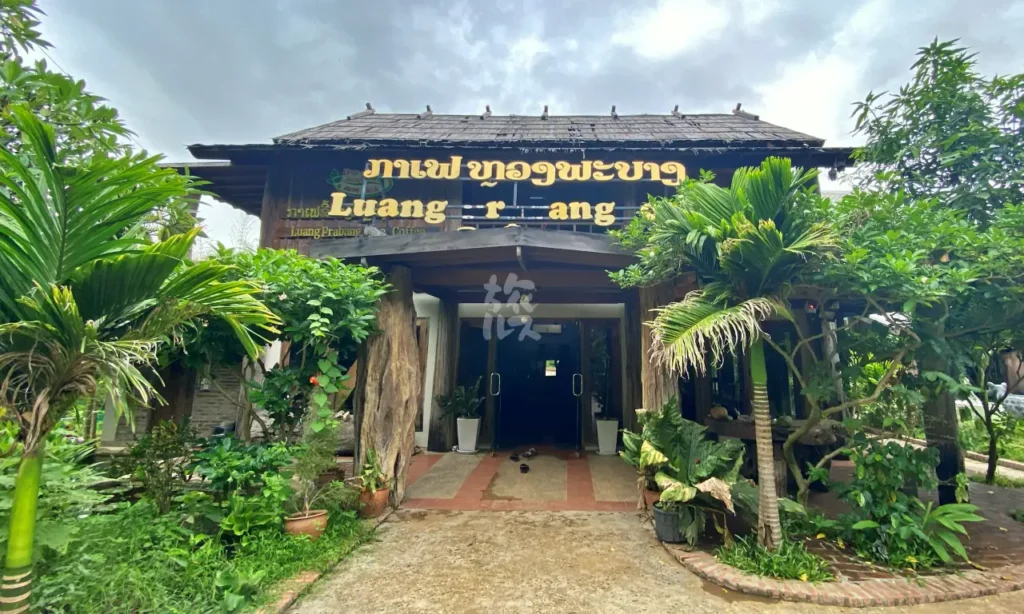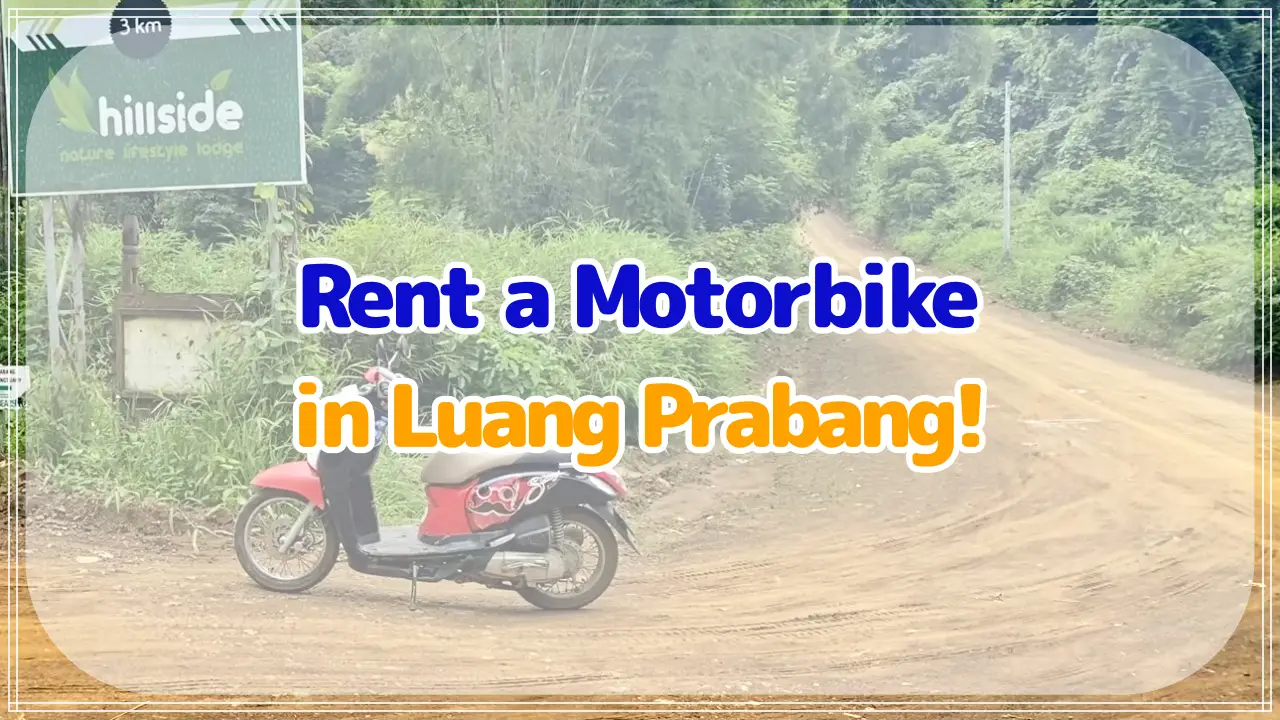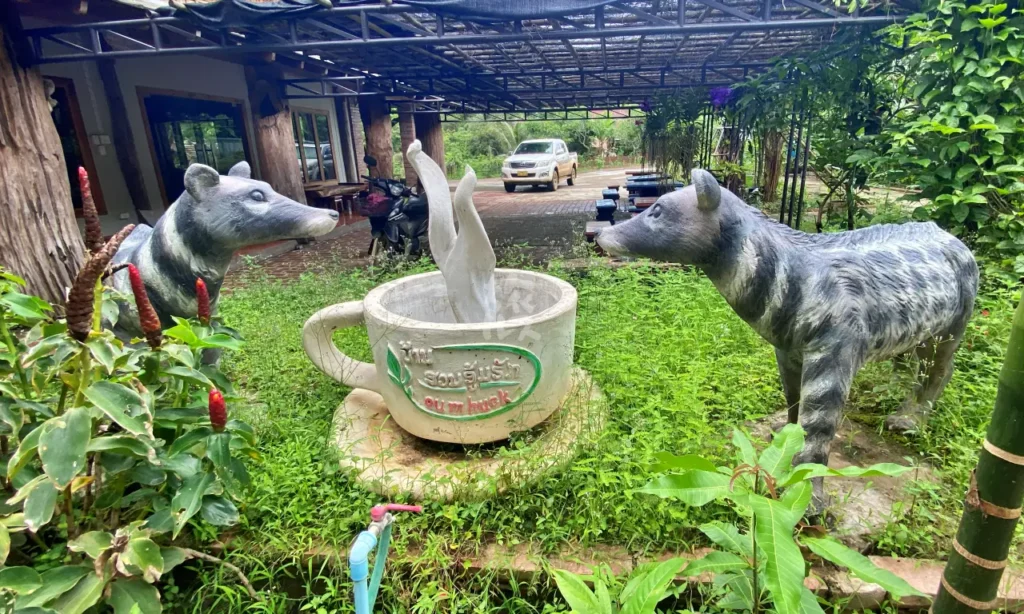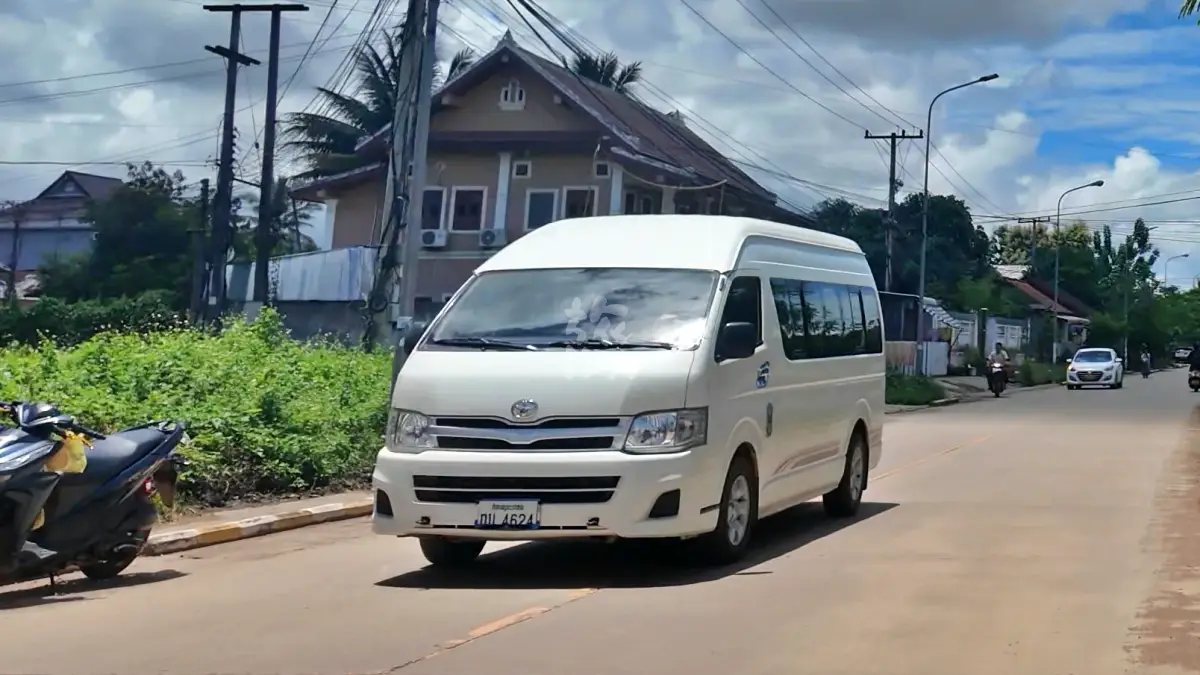This post may contain affiliate links. If you use them to buy something, I may earn a commission at no extra cost to you.
I stopped by Luangprabang Civet Coffee on the road to Kuang Si Falls to finally try Kopi Luwak (civet coffee) in Laos.
It’s a small countryside café with civets on site and a rare tasting you won’t find in town.
This guide covers what Kopi Luwak actually is, what I paid, what the civet visit is like, how to get there from Luang Prabang city.
Is this worth the detour if you’re staying in Luang Prabang Old Town?

If you’re curious about Kopi Luwak and want a “once-in-a-trip” tasting, yes—it’s a unique stop.
The café sits more than 15 km outside the city, on the same road as Kuang Si Falls, so it’s easiest to combine both.
You will need to arrange transport (chartered tuk-tuk or rental bike/motorbike) in advance, since this isn’t a quick walk from the peninsula.
If you care about animal welfare, ask the staff how beans are sourced and how the civets are cared for, then decide if the experience fits your values.


What exactly is Kopi Luwak?

Kopi Luwak uses undigested coffee beans excreted by civets.
In Indonesian, “kopi” means coffee and “luwak” refers to the civet.
Civets eat ripe coffee cherries but don’t digest the beans; enzymes in their digestive tract alter the beans, which many people describe as adding sweetness and smoothness.
Because a single civet produces only a small amount per day, the beans are scarce—and that’s why it’s known as a luxury coffee.
How much did I pay, and how did it taste?

When I visited, a cup of Kopi Luwak was about 200,000 kip—well over six times a regular coffee.
I tried both side by side.
I don’t usually leave coffee unfinished, but after a sip of the Kopi Luwak, the regular one tasted flat by comparison (I actually couldn’t finish it).
At this café, I didn’t get tons of aroma; instead, it was the mellow sweetness and round, layered finish that surprised me.
That said, this was my first Kopi Luwak, so I can’t judge how “typical” it is across all roasters.

Can you see civets here? What’s the visit like?

There’s a small on-site area where they keep civets—a few different species, including some that are said to be rescues.
I was shown three: palm civet, binturong, and masked palm civet.
The owner’s daughter (who speaks good English) showed me around slowly and explained their family relationships—you might even see a newborn if you’re lucky.
Depending on the time of day, some civets may be out for a walk, so you might not see every species.
If you’re hoping for interaction or a quick feeding, ask the staff politely first; it’s not guaranteed and depends on the animals.
Where is it, and how do you get there?
| Location | Napho, Laos (on the way to Kuang Si Falls) |
| Distance | 15+ km from central Luang Prabang (plan your ride) |
| Transport options mentioned on site | charter a tuk-tuk or rent a bike/motorbike. |



Comments